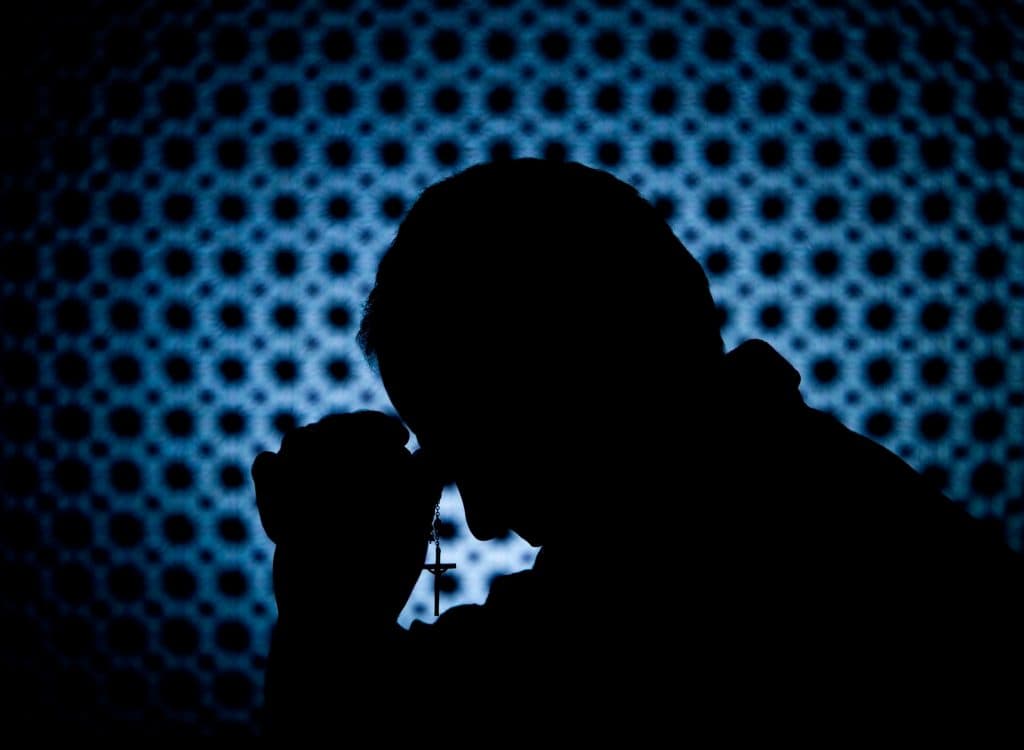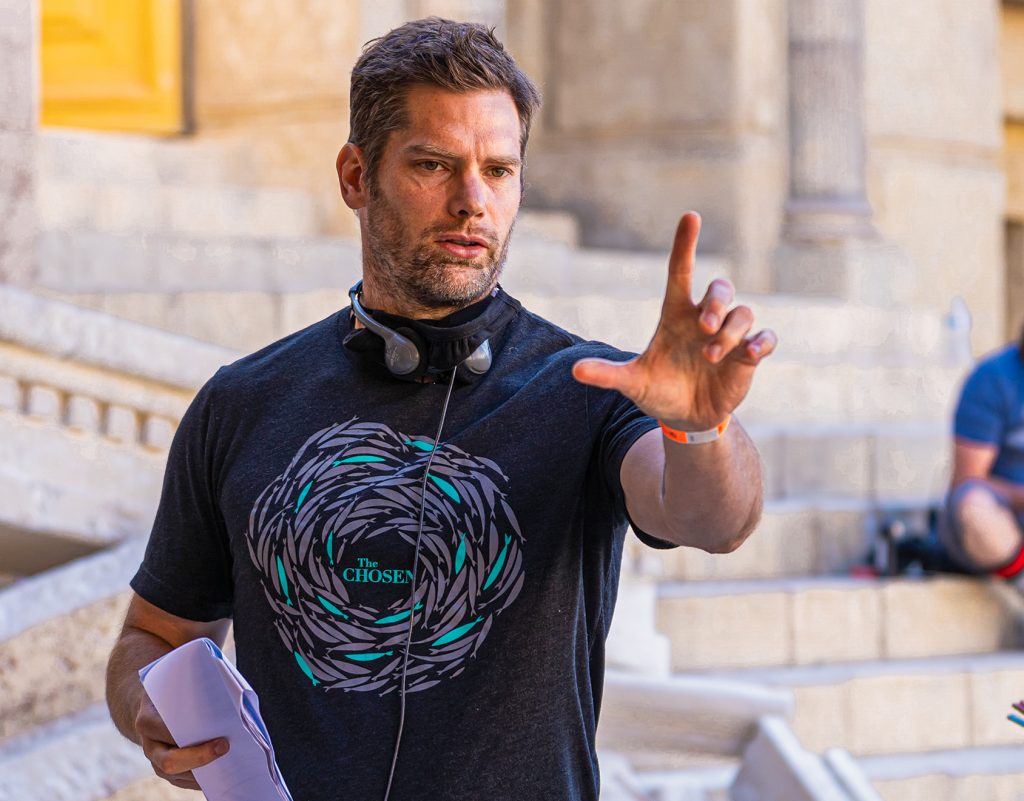When someone embarks on a journey to quit consuming pornography, they generally come from one of two places. Some people make a conscious, motivated decision to stop watching porn because they’re committed to a healthier life. Others, however, reach this point after a painful or “rock bottom” experience—perhaps getting caught, facing a broken relationship, or even losing a job.
Though both paths can lead to recovery, these two starting points can influence a person’s journey to freedom in very different ways.
Group One vs. Group Two: A Tale of Two Starting Points
Group One consists of individuals who actively decide they want to stop watching porn. They’re motivated and willing to put any needed tools or support in place. This group comes in with a strong foundation, setting themselves up for success by identifying with a lifestyle free from porn.
Group Two, on the other hand, often begins their journey under duress. Maybe they were pushed into quitting after a “rock bottom” moment or an intervention by loved ones. While this wake-up call can serve as a strong motivator, they often struggle because they have not yet developed the personal conviction or identity of a person who lives porn-free.
Why Group One Has a Smoother Road to Recovery
The journey for Group One often unfolds with fewer setbacks, not because they have more willpower, but because they’ve already taken a crucial step: they identify as someone who does not watch porn. Even if they occasionally struggle, they hold a mindset of freedom and a self-image rooted in living a porn-free life. This identity helps sustain their efforts and build resilience when faced with challenges.
In contrast, Group Two faces a unique hurdle. Without a personal sense of identity as a person free from porn, they may feel as though they’re simply reacting to consequences rather than genuinely changing. This makes their journey feel like an obligation rather than an empowered choice, leading to a higher likelihood of relapse or feelings of defeat.
The Power of Identity: Psychology’s Perspective
Psychologically, identity shapes behavior. Studies show that people tend to act in alignment with the way they see themselves. When someone identifies as a “healthy eater,” for example, they naturally choose foods that align with that image of themselves. It’s similar for those who identify as “non-smokers” or “runners.” They tend to make choices that align with this self-image, which reinforces their habits and actions.1
Group One’s identity as people who live porn-free lives keeps them aligned with their goals. They see quitting not as a temporary solution but as a commitment to living out their true identity. This psychological concept, called identity-based change, helps them stay focused on a longer-term transformation.
In contrast, Group Two may not yet identify as people who are porn-free, which can make every struggle feel more like a defeat than a part of their growth. If they don’t consciously work to reshape their identity, they risk relying solely on the initial urgency that motivated them. When this urgency fades, they can easily fall back into old habits.
The Power of Identity: The Bible’s Perspective
The Bible highlights identity as a critical part of spiritual transformation. Throughout Scripture, God often redefines people’s identities to align with His purposes. For example, He calls Gideon a “mighty warrior” even when Gideon feels weak and afraid (Judges 6:12). God understands that true change begins with seeing oneself as He sees us.
Ephesians 4:22-24 teaches believers to “put off the old self” and embrace the “new self,” created to be like God in righteousness and holiness. From a biblical standpoint, change is rooted in our new identity in Christ. This is where true freedom from habits like porn comes from—understanding that, through Christ, you are a new creation, free to live a life of purity and purpose.
Group One aligns closely with this teaching, having already begun to view themselves as people living free of pornography. Group Two, on the other hand, may still need to grow into this identity shift to find lasting freedom.
How to Shift Your Identity for Lasting Recovery
Whether you’re coming from Group One’s motivated stance or Group Two’s rock-bottom moment, shifting your identity is both possible and essential for lasting freedom. Here’s how:
1. Visualize Your Identity
Begin to see yourself as someone who lives porn-free. Picture your life, your actions, and your relationships thriving without the presence of porn. Even if it feels strange at first, saying affirmations like “I live a porn-free life” helps your mind adapt to this new identity.
2. Reinforce with Small Actions
Every small step you take—whether setting up accountability, building relationships, or creating boundaries—is a building block in your new identity. Each choice reinforces the self-image of a person who lives in freedom.
3. Embrace Your God-Given Identity
Remember that God has already called you to a life of purity and wholeness. Lean on Him for strength, pray for guidance, and seek wisdom in His Word. Scripture affirms that you are already made new in Christ, and this truth empowers you to live out your God-given identity every day.
If you’re ready to commit to a porn-free life, the best time to start is today—not because the calendar says it’s January or because of a “rock bottom” experience, but because you have the tools to succeed. Remember, it’s not just about when you start, but about who you are becoming.
The journey to freedom is about embracing a new identity, not just quitting a habit. So take that step now, see yourself as a person free from pornography, and walk confidently toward the life you were created to live.
1 E.T. Berkman, J.L. Livingston, & L.E. Kahn, “Finding the ‘self’ in self-regulation: The identity-value model,” Psychol Inq 28 (2017): 77-98. doi:10.1080/1047840X.2017.1323463.








0 comments.